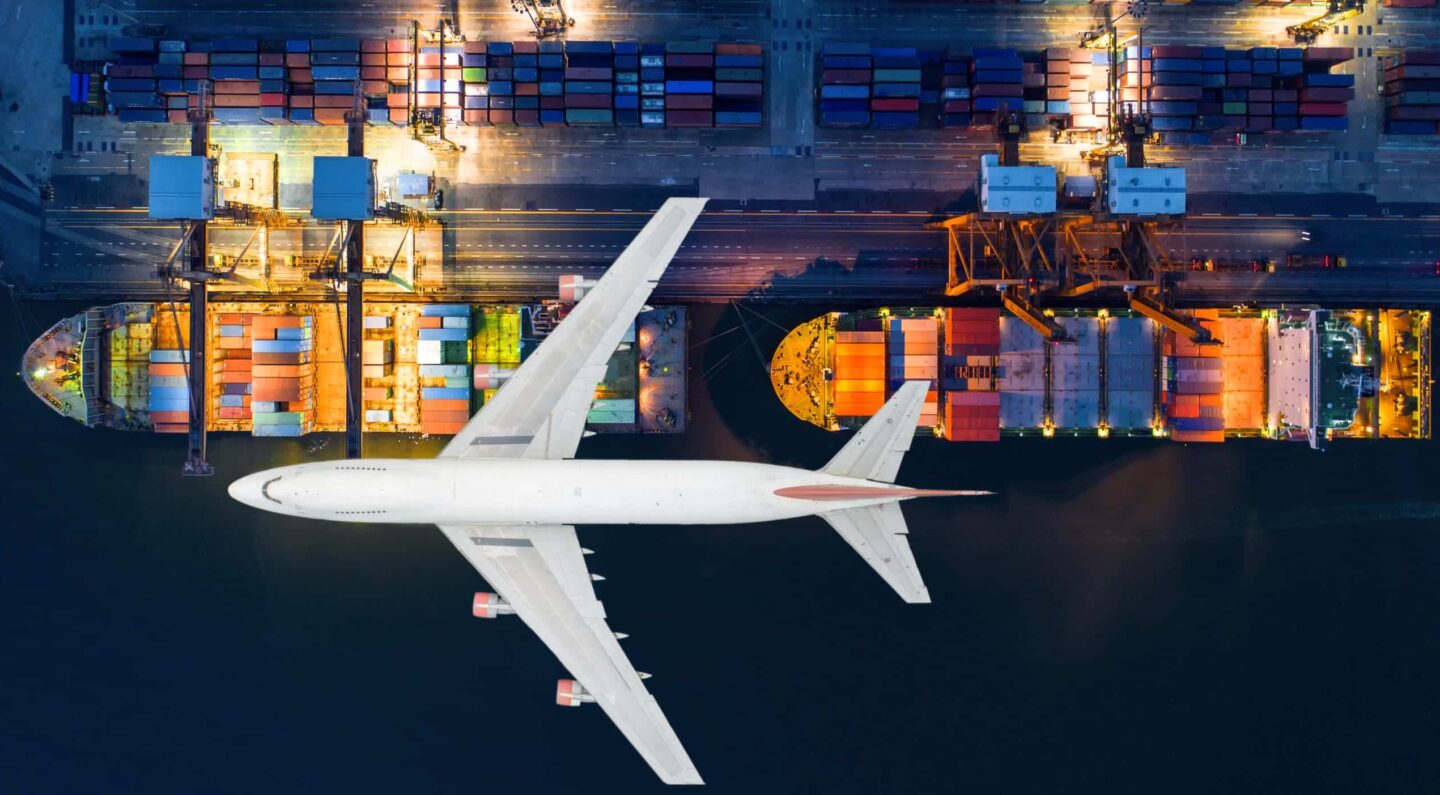Global Container Market Divergence: U.S. Routes Struggle Under Tariff Pressure, Other Regions Continue to Grow
The global container shipping market is entering a clear phase of divergence. According to BIMCO’s latest report in September 2025, while trade routes to the United States are experiencing sharp declines due to tariffs, routes to other regions are maintaining steady growth. This is seen as one of the rare moments in decades when the container market faces such stark contrasts.

Niels Rasmussen, Chief Shipping Analyst at BIMCO, emphasized that strong demand on non-U.S. trade routes has led BIMCO to revise its vessel demand growth forecast for 2025 to 4.5–5.5%, while 2026 is projected at 2.5–3.5%. However, he also warned that overall market conditions in 2025 will be more challenging than in 2024, and supply-demand balance may only be achieved from 2026.
U.S. Trade Routes Plunge Under Tariffs
Since April 2025, North American imports have consistently recorded negative growth. BIMCO forecasts that U.S. container imports will fall by around 2% for the full year 2025 before recovering in 2026. Maritime expert John McCown noted that this decline ranks among the steepest in more than six decades.
Data from August 2025 shows container throughput at America’s 10 largest ports grew by a modest 0.1% year-on-year. This was largely due to certain shipments exempted during transit before revised retaliatory tariffs officially took effect on August 7. According to McCown, containers already loaded at foreign ports before August 7 and imported into the U.S. before October 5 were not subject to the new tariffs, creating this temporary uptick.
The situation could worsen further. The suspension of certain retaliatory tariffs on Chinese imports is set to expire in mid-November. If reinstated, the U.S. market could face another sharp decline tied to Chinese goods. In addition, a planned levy on vessels built in China or operated by Chinese carriers, scheduled to take effect in mid-October, darkens the outlook for U.S. container imports. McCown described this as an “unprecedented situation” with the potential to trigger global ripple effects.
Other Regions Sustain Growth
In stark contrast to the gloomy U.S. outlook, trade routes to other regions continue to expand at a healthy pace. BIMCO forecasts global volumes to rise 2.5–3.5% in both 2025 and 2026. Notably, exports from Asia to Sub-Saharan Africa, South and Central America, as well as Europe and the Mediterranean, are increasing strongly, reflecting stable demand across many emerging economies and traditional markets.
This is a positive sign for the global container shipping industry, as the U.S. decline has not dragged down the entire market. Growth outside the U.S. is helping balance supply and sustain momentum for many carriers.

Market Outlook and Supply-Demand Challenges
The U.S. National Retail Federation (NRF) has revised its 2025 forecast, projecting U.S. container imports could shrink by as much as 3.4%. This means the final four months of 2025 will be 15.7% lower than the same period in 2024.
On the supply side, BIMCO raised its fleet growth estimate to 7.3% for 2025, before moderating to 3.1% in 2026. Rasmussen noted that freight rates and charter markets are likely to weaken further in the near term. Although vessel charter and secondhand ship prices have not yet been heavily affected, downward trends may emerge starting Q4 2025.
In the medium term, supply-demand stability is expected to return in 2026, as fleet growth and transport demand become more balanced. This could mark the beginning of a freight rate recovery, creating more favorable conditions for industry players.
Shifting Global Trade Dynamics
The sharp divergence between U.S. routes and other regions reflects a fundamental shift in global trade structure. John McCown stressed that the United States is increasingly becoming “a less central player in global trade” than before, and this trend will intensify as tariff policies continue to roll out.
For logistics and container shipping companies, 2025–2026 presents both challenges and opportunities. Closely tracking tariff developments and global consumption trends will be key to capitalizing on growing markets while minimizing risks in highly volatile regions such as the United States.
Dolphin Sea Air Services Corp.
- Hotline: 1900 986 813
- Email: info@dolphinseaair.com
- Fanpage: Dolphin Sea Air Services Corp.

 Việt Nam
Việt Nam English
English Japan
Japan Korea
Korea China
China
